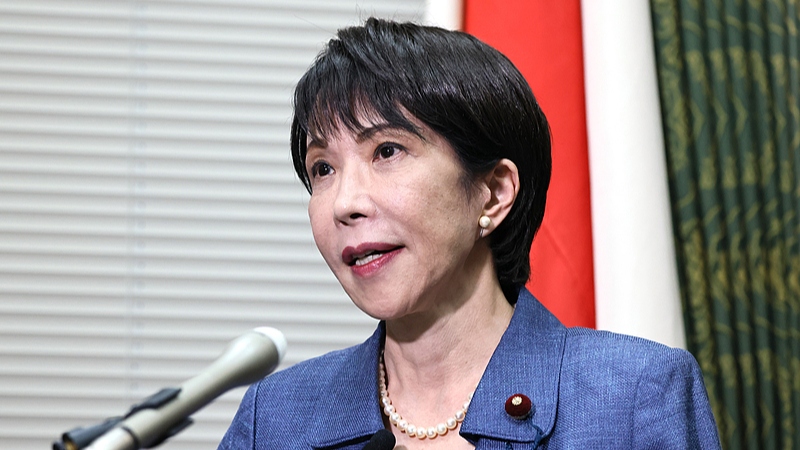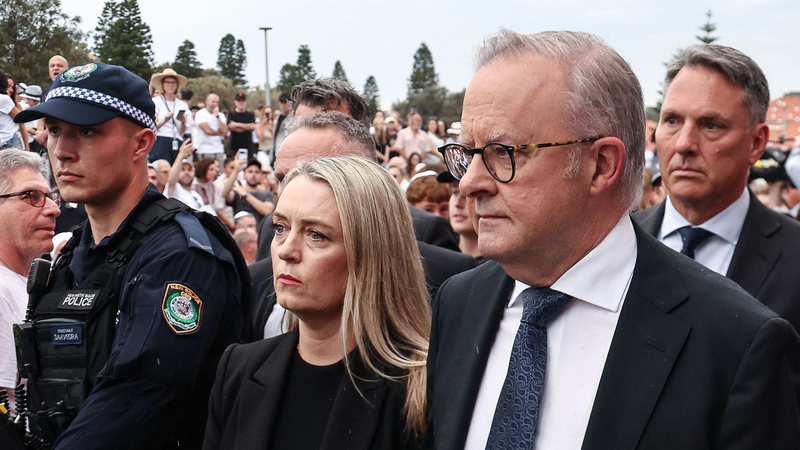Revamping the Mission: Why Now?
On Tuesday, U.S. Secretary of State Marco Rubio unveiled a comprehensive plan to reorganize the U.S. State Department under the "America First" foreign policy banner. Rubio warned that "we are facing tremendous challenges across the globe," adding that the department has become "bloated, bureaucratic, and unable to perform its essential diplomatic mission in this new era of great power competition."
Key Shifts at a Glance
- 15% reduction in domestic staff, cutting around 700 positions in Washington, D.C.
- Office count streamlined from 734 to 602, with 137 additional units moved for efficiency.
- Elimination of more than 130 redundant offices, including war crimes and global conflict teams.
- Sunsetting non-statutory programs misaligned with core national interests, such as the Office of Global Women's Issues and its Diversity and Inclusion Office.
- Creation of a new Bureau of Emerging Threats to tackle cybersecurity, AI proliferation, and other high-tech challenges.
Driving Diplomatic Impact
Supporters say the reorganization will empower diplomats to focus on boots-on-the-ground engagement, sharpen regional expertise and reduce overhead. Deputy Secretary Chris Landau said an internal working group will outline implementation details by July 1.
Why It Matters for a Global Audience
For young entrepreneurs, tech enthusiasts and thought leaders, the new Bureau of Emerging Threats signals a shift toward digital defense and forward-looking security priorities. Travelers and digital nomads may see streamlined consular services as embassies adopt leaner structures. Sports and entertainment fans, meanwhile, could encounter more agile cultural exchanges driven by a smaller, more focused diplomatic corps.
As the department charts its course, the world will be watching how this bold reorg balances efficiency with the complexity of modern diplomacy.
Reference(s):
U.S. State Department announces comprehensive reorganization plan
cgtn.com



